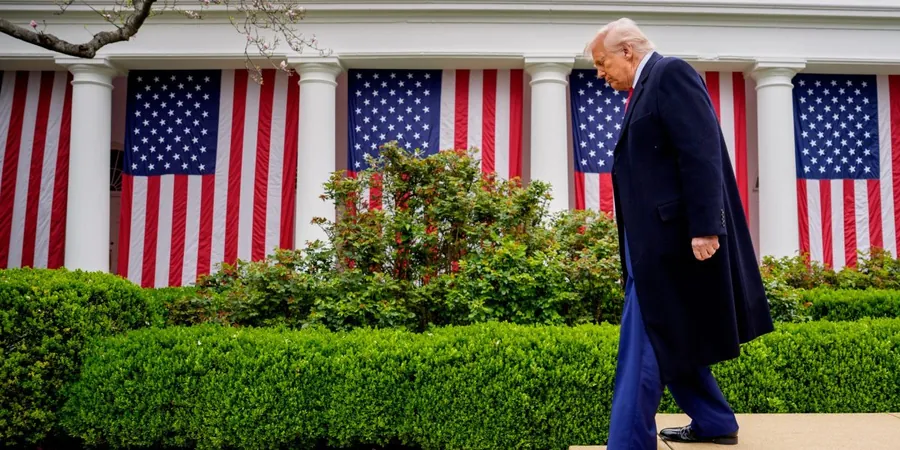
Unlocking the Secrets: What Drives Caregivers and Teens to Vaccinate Against HPV?
2025-04-15
Author: Jacob
The Hidden Influencers of HPV Vaccination Decisions
When it comes to the human papillomavirus (HPV) vaccination for adolescents, the decision isn't just black and white. A myriad of factors shapes the views and practices of both caregivers and teens, influencing whether or not they get vaccinated. Researchers have pinpointed eight key themes that encapsulate these complexities, ranging from individual perceptions to broader social contexts.
Why HPV Vaccination Matters
HPV is the primary culprits behind cervical cancer while also leading to various cancers and genital warts in individuals of all genders. Vaccination during adolescence—between the ages of 9 and 19—is one of the most powerful preventative measures against these diseases.
The Urgency of Understanding Decision-Making
For HPV vaccination initiatives to succeed, a substantial uptake is crucial. Unfortunately, globally, the numbers tell a different story as many adolescents miss out on this vital vaccine. Barriers such as vaccine unavailability, poor healthcare access, financial difficulties, and acceptance issues can hinder vaccination rates.
What Research Aimed to Uncover
The study aimed to explore what influences caregivers’ and teens' perspectives and actions toward HPV vaccination. Researchers sought to identify elements that can either encourage or deter vaccine acceptance.
The Findings: A Global Perspective
In their investigation, researchers reviewed 206 studies from diverse global settings, analyzing 71 of them. These studies spanned urban and rural areas across various income levels, providing a rich tapestry of insights.
Eight Key Factors Influencing Vaccination Choices
The findings yielded eight interconnected themes that shape attitudes towards HPV vaccination:
1. **Medical Knowledge Gaps**: A lack of understanding about HPV and its vaccine.
2. **Perceptions of Risks and Benefits**: Diverse beliefs about the implications of getting vaccinated.
3. **Previous Experiences with Vaccines**: Past interactions with vaccination efforts that shape current views.
4. **Decision-Making Roles**: The dynamic between adolescents and their caregivers in making vaccination decisions.
5. **Influence of Family and Community**: The opinions of family members, peers, and community leaders play a crucial role.
6. **Cultural and Social Attitudes**: Broader beliefs concerning adolescence, sexuality, gender roles, and health.
7. **Trust in Institutions**: Confidence or doubt in the healthcare system, educational institutions, and pharmaceutical companies.
8. **Accessibility of Vaccination Services**: Factors like cost, convenience, and language barriers that impact access.
Limitations of the Research
While the evidence is generally robust, there are some limitations. Certain studies lacked clarity or focused narrowly on specific settings, which may not be universally applicable. Additionally, the review primarily included studies published in English and French, potentially missing valuable insights from other languages.









 Brasil (PT)
Brasil (PT)
 Canada (EN)
Canada (EN)
 Chile (ES)
Chile (ES)
 Česko (CS)
Česko (CS)
 대한민국 (KO)
대한민국 (KO)
 España (ES)
España (ES)
 France (FR)
France (FR)
 Hong Kong (EN)
Hong Kong (EN)
 Italia (IT)
Italia (IT)
 日本 (JA)
日本 (JA)
 Magyarország (HU)
Magyarország (HU)
 Norge (NO)
Norge (NO)
 Polska (PL)
Polska (PL)
 Schweiz (DE)
Schweiz (DE)
 Singapore (EN)
Singapore (EN)
 Sverige (SV)
Sverige (SV)
 Suomi (FI)
Suomi (FI)
 Türkiye (TR)
Türkiye (TR)
 الإمارات العربية المتحدة (AR)
الإمارات العربية المتحدة (AR)